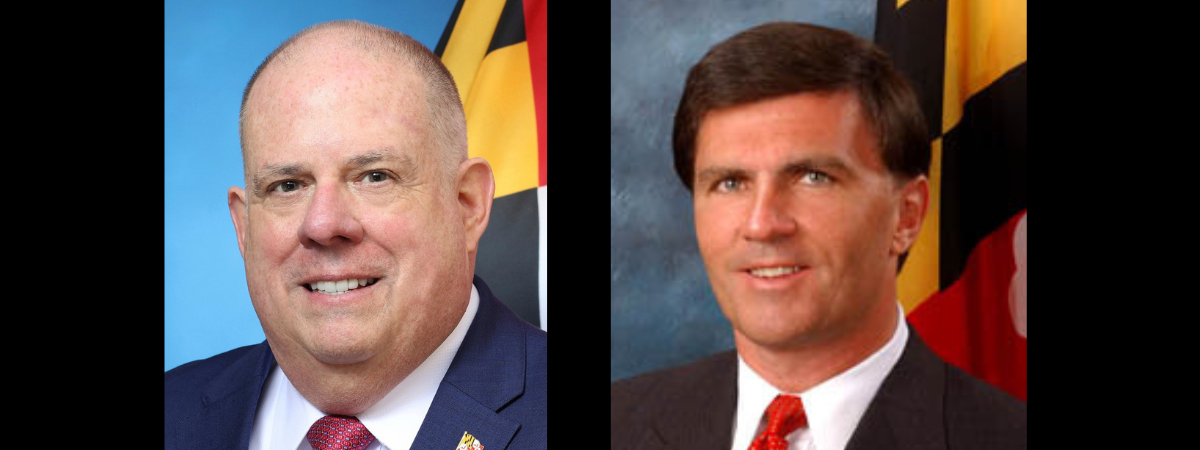Supreme Court Watch .
On the first Monday of October 2017, the Supreme Court began a new term. This is the seventh in a series designed to focus on decisions of the Court in this term that might have an impact on the Eastern Shore.
Within the last few weeks, as the Supreme Court winds down its work before the summer recess, two cases were decided that had been the subject of earlier articles in Common Sense. Both of these cases involved voting and the interpretation of both federal and state laws regulating the voting process.
Husted v. A. Philip Randolph Institute . Larry Harmon is a US Navy veteran who had been registered to vote in Ohio and who has resided at the same address for more than 16 years. After voting in the 2008 presidential election, Larry opted not to vote in 2009 and 2010. Although Ohio’s records indicate he was sent a “confirmation notice” of his continued residency in June 2011, he did not recall receiving it. In the subsequent four years, he expressed his dissatisfaction with the candidates by exercising his right not to vote. Larry went to vote in Ohio’s November 2015 election and discovered he was no longer registered and that his vote therefore would not be counted. Ohio cancelled his voter registration, even though he had not changed his residence nor otherwise become ineligible to vote.
A sharply divided Supreme Court, by a vote of 5-4, determined that this Ohio program - which cancels the registration of voters who do not go to the polls and who then fail to respond to a notice seeking confirmation of continued residency – does not violate federal laws governing voter registration. In doing so, the Court was required to interpret two different federal voting laws. The first law, the National Voter Registration Act (NVRA), was enacted in 1993 to make it easier for would-be voters to register while at the same time removing ineligible persons from the States’ voter registration rolls. The second law, the 2002 Help America Vote Act (HAVA), directed the states to maintain a system to cull ineligible voters from their lists. Congress indicated that states could remove voters “who have not responded to a notice and who have not voted in two consecutive” federal elections, but it also stipulated that no registrant may be removed “solely by reason of a failure to vote.”
The majority of the Court, in an opinion authored by Justice Alito, determined that the Ohio program does not strike any registrant “solely” by reason of the failure to vote. Instead, it removes registrants only when they have failed to vote and have failed to respond to a notice seeking confirmation of continued eligibility to vote. “The NVRA, and as amended by HAVA, simply forbids the use of nonvoting as the sole criterion for removing a registrant. Instead, as permitted by the HAVA, Ohio removes registrants only if they have failed to vote and have failed to respond to a notice.”
The principal dissenting opinion, authored by Justice Breyer, asserts that in fact a person’s failure to vote is the sole basis on which Ohio identifies a registrant as a person whose address may have changed and the sole reason Ohio initiates a registered voter’s removal. Moreover, the dissenting Justices contend that the state program reads too much into a voter’s failure to return a notice to confirm his continued voting eligibility. “A nonreturned confirmation notice adds nothing to the State’s understanding of whether the voter has moved or not.”In a separate dissent, Justice Sotomayor writes that Congress enacted the NVRA against the backdrop of substantial efforts by States to disenfranchise low-income and minority voters, including programs that purged eligible voters from registration lists simply because they failed to vote in prior elections. The Court majority, she concludes, “errs in ignoring this history and distorting the statutory text to arrive at a conclusion that not only is contrary to the plain language of the NVRA but also contradicts the essential purposes of the statute.”
This case was closely watched because the result could have an impact far beyond Ohio. The Court’s decision might well encourage a host of new state and local laws aimed at purging or shrinking the voting rolls.
Minnesota Voters Alliance v. Mansky. On election day in 2010 several Minnesota registered voters arrived to vote wearing a t-shirts saying “Don’t Tread On Me” and buttons that proclaimed “Please I.D. Me.” The former was a political slogan of the Tea Party Patriots organization and the button message was part of a campaign designed by its supporters to reduce perceived election fraud.
The voters were asked by an election judge to cover or remove the messages based upon a Minnesota law prohibiting the wearing of “political” messages in the polling place while voting. The voters refused but were allowed to vote and no misdemeanor charges were made. However, several groups and individuals instituted litigation alleging that the Minnesota apparel prohibition was an unconstitutional invasion of the voter’s free speech rights.
By a vote of 7-2, the Court determined that the Minnesota statute violated free speech rights provided by the First Amendment. In so ruling, in a majority opinion written by the Chief Justice Roberts, the Court found no basis for rejecting Minnesota’s determination that some forms of advocacy should be excluded from the polling place, to set it aside as “an island of calm in which voters can peacefully contemplate their choices.” However, as the majority of Justices saw it, the use of the term “political” in the Minnesota law was unreasonably vague and the state had provided only “haphazard interpretations” of the meaning of the prohibition in official guidance. As a result, “Minnesota has not supported its good intentions with a law capable of reasoned application.”
Justice Sotomayor, writing for the two dissenting Justices, emphasized the importance of Minnesota’s desire to bring peace to the ballot place, to maintain order and decorum, and to protect the integrity of the voting process especially in light of the chaotic happenings of the past. For this reason, she would have deferred to the Minnesota Supreme Court to first construe the Minnesota apparel rule in light of the “weighty state interests” at stake.
The Court’s decision endorses a state’s effort to restrict “some forms of advocacy” within the polling place but obviously requires any state that does so to do it in a manner that is clear, non-discriminatory and susceptible of rational administration. Maryland’s “No Electioneering” zone law has been interpreted by the Maryland State Board of Elections to prohibit the wearing of “clothing shirt, hat, sticker, or button that indicates support of or opposition to any candidate, question, or political party” within that zone. However, the State Board of Elections considers that this apparel prohibition does not to apply to an individual voter going to vote in the polling place. Md. State Bd. of Elections, Summary Guide at 75 (March 2017) (“A person on his or her way to vote may wear campaign paraphernalia or carry campaign literature if the voter leaves the zone promptly after voting”).
Common Sense for the Eastern Shore








